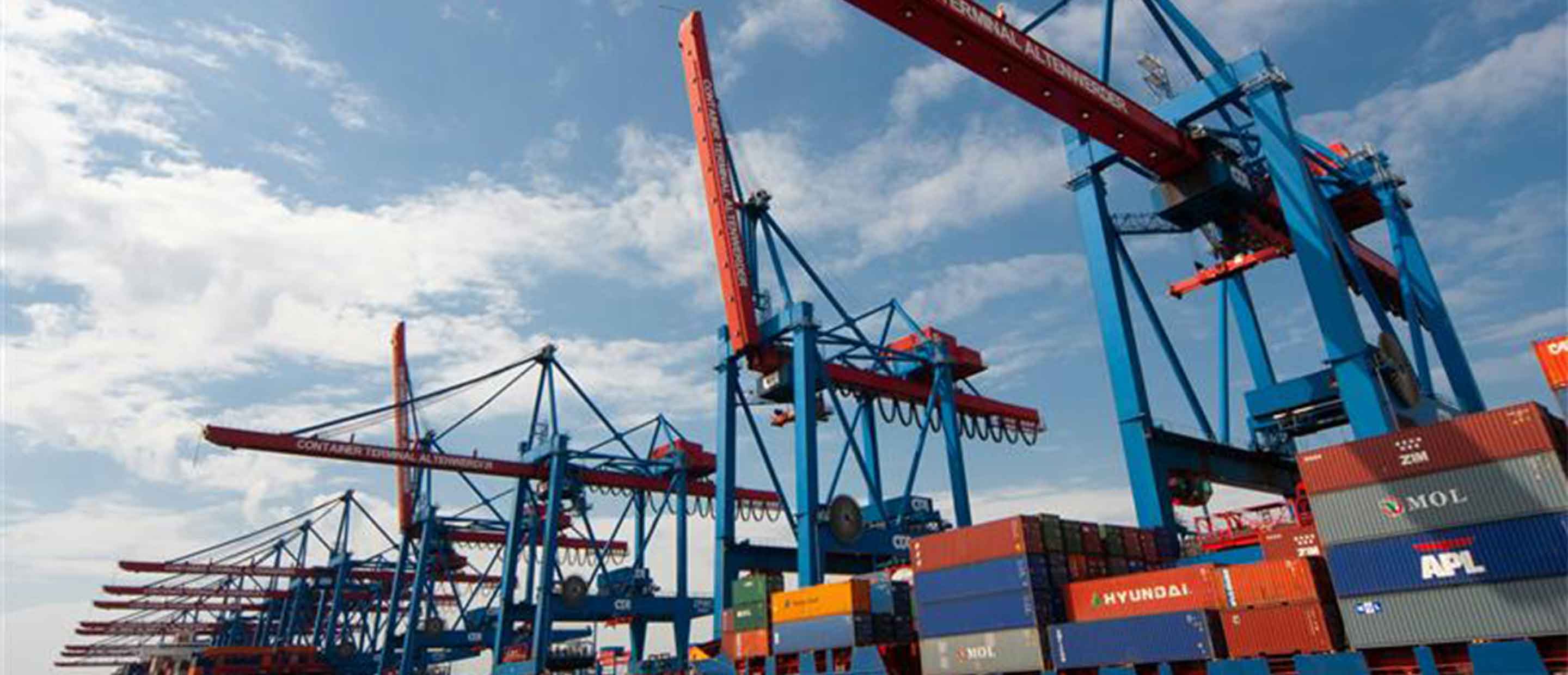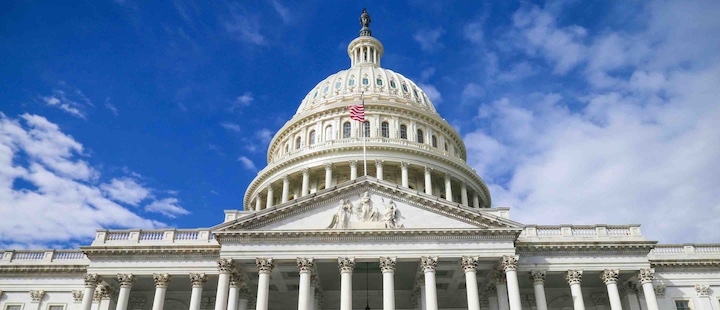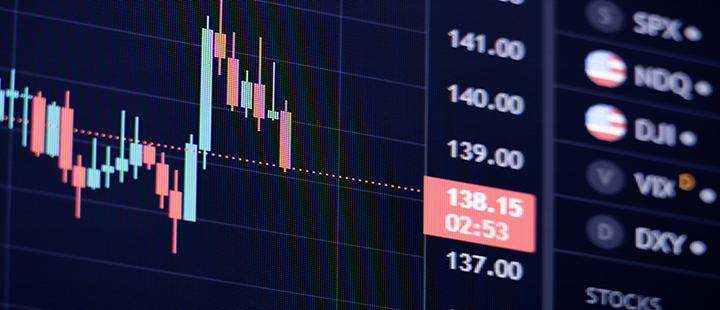Key takeaways:
- The trade conflict escalates again: despite constructive discussions among the G7 finance ministers, U.S. President Trump has threatened the EU with drastic tariffs starting June 1, 2025, if swift progress is not made.
- Strong market reactions: European stock markets and bond yields have reacted significantly negatively, with export-oriented sectors such as technology, automotive, and luxury goods being particularly affected.
- Investors should remain calm: the negotiations have not ended, and an agreement remains possible. Short-term volatility is likely, but a market recovery is expected in the long term.
What happened?
As recently as Thursday, the finance ministers of the G7 countries, meeting in Banff, Canada, were optimistic about reaching an agreement in the trade dispute between the U.S. and Europe. U.S. Treasury Secretary Scott Bessent also held numerous discussions, which were generally considered constructive.
However, just one day later, U.S. President Donald Trump escalated the rhetoric, threatening the EU with 50% tariffs starting June 1, 2025, if faster progress is not made. U.S. Commerce Secretary Howard Lutnick described the talks with the EU as difficult. While agreements could be reached with individual countries, these countries lack decision-making authority since the EU as a whole is responsible for trade policy.
Reports indicate that the U.S. is demanding unilateral tariff reductions from the EU, similar to concessions offered by other countries to the U.S. The EU, on the other hand, insists on mutual reductions of tariffs and trade barriers. Earlier this week, Brussels submitted an updated trade agreement to Washington, which includes the complete elimination of tariffs on industrial products and a deeper economic partnership amongst other proposals.
European stock markets responded promptly and significantly negatively to the news. The Stoxx Europe 600 lost over 2.0%, and the Euro Stoxx 50 around 3.0%. France, Italy, and Germany were particularly hard hit: the CAC 40 fell by 3.0%, the FTSE MIB by 2.9%, and the DAX by over 2.6%.
Sector-wise, technology, automotive, industrial, and luxury goods stocks suffered the most – as sectors heavily dependent on the U.S. market. Bond markets also showed significant reactions: the yield on 10-year German bunds fell by 7.5bps to 2.57%, while U.S. Treasuries fell by 3bps to 4.5%. The USD fluctuated strongly, dropping to 1.1328 against the EUR – a sign of growing economic concerns.
Just a few days ago, markets had shown some signs of becoming more relaxed on the issue, triggered by the trade agreement between the U.S. and the UK and the agreed "ceasefire" in the trade dispute with China. Many investors assumed that U.S. tariffs would ultimately settle in the range of 10% to 30% – comparable to existing measures against the UK and China. This assumption is now in question. The high uncertainty about the future tariff environment burdens companies as they need stable conditions for investment decisions, hence is expected to slow down the global economy.
What does it mean for investors?
Investors should remain calm. The latest move by President Trump could even accelerate the negotiations – they are certainly not yet over. In the past, it has not been uncommon for the U.S. government to initially make maximum demands, which were later moderated during negotiations.
Moreover, stock markets have recovered significantly since the postponement of “Liberation Day” tariff announcements. The Stoxx Europe 600 and the Euro Stoxx 50 have risen by around 18% since April 9, 2025. Some investors may have used the current uncertainty for profit-taking.
We continue to believe that an agreement in the trade dispute between the U.S. and Europe is possible – the deals with the UK and China could serve as blueprints. However, increased volatility is expected in the short term. Over a twelve-month horizon, we expect a market recovery. This is also supported by the fact that many companies' negative earnings revisions already account for higher tariff costs. If markets continue to decline next week, risk-aware investors could see this as a buying opportunity.







